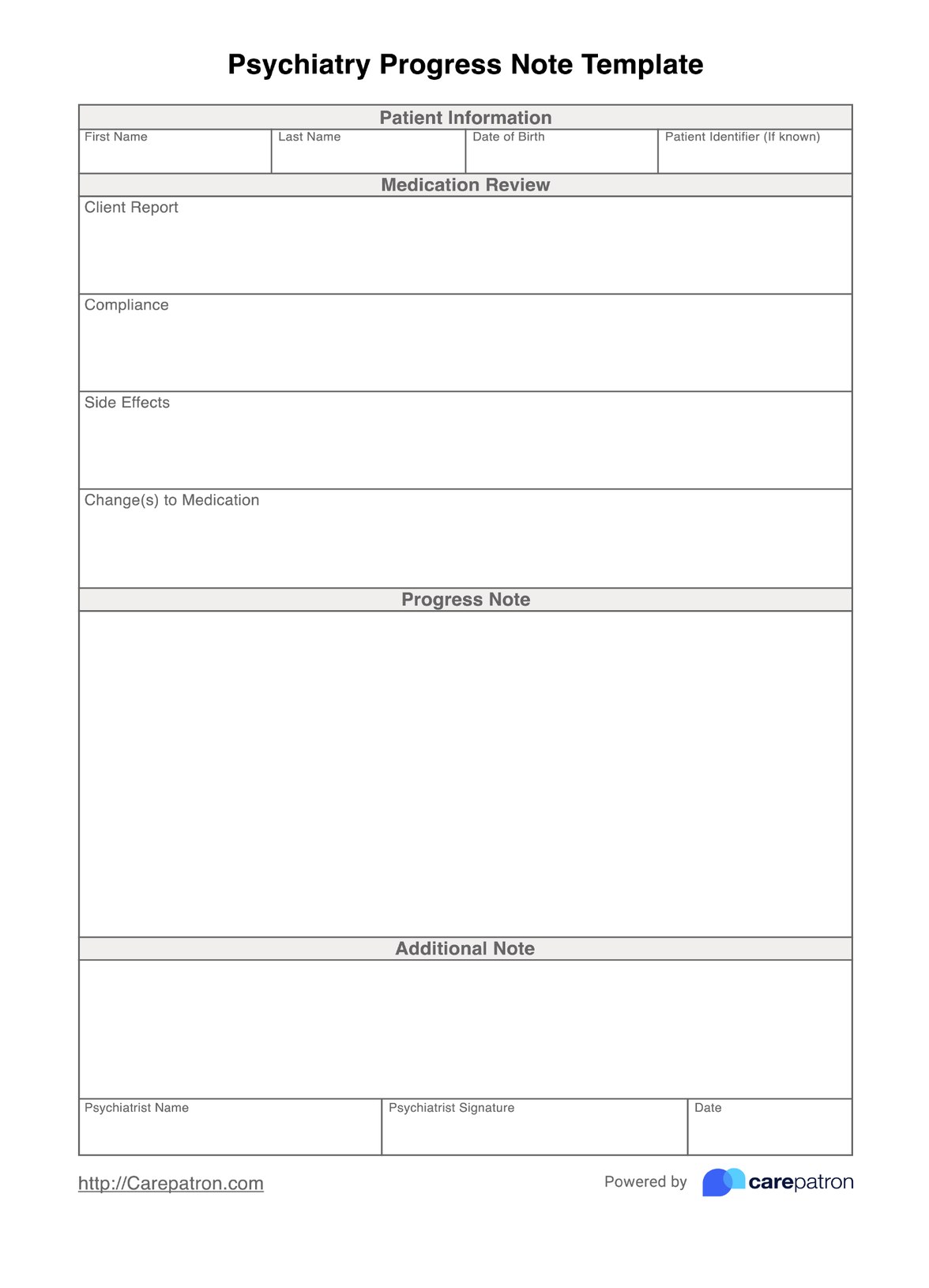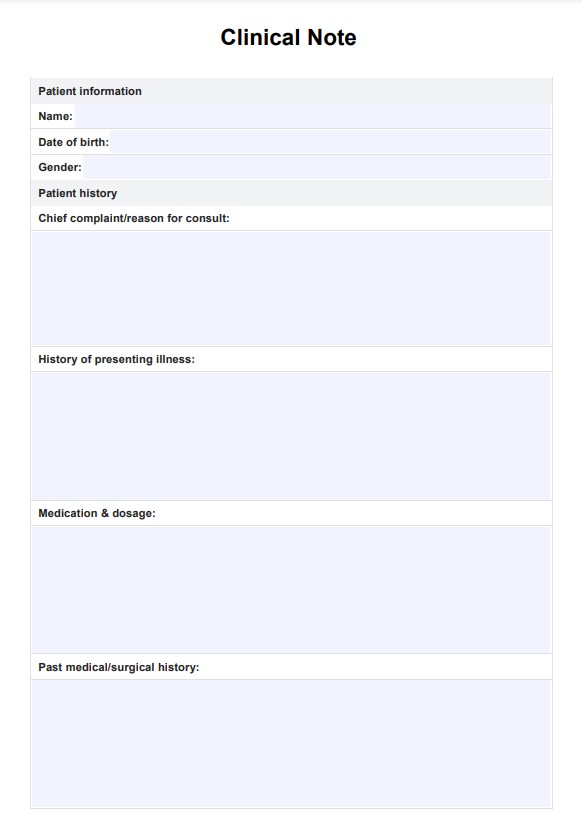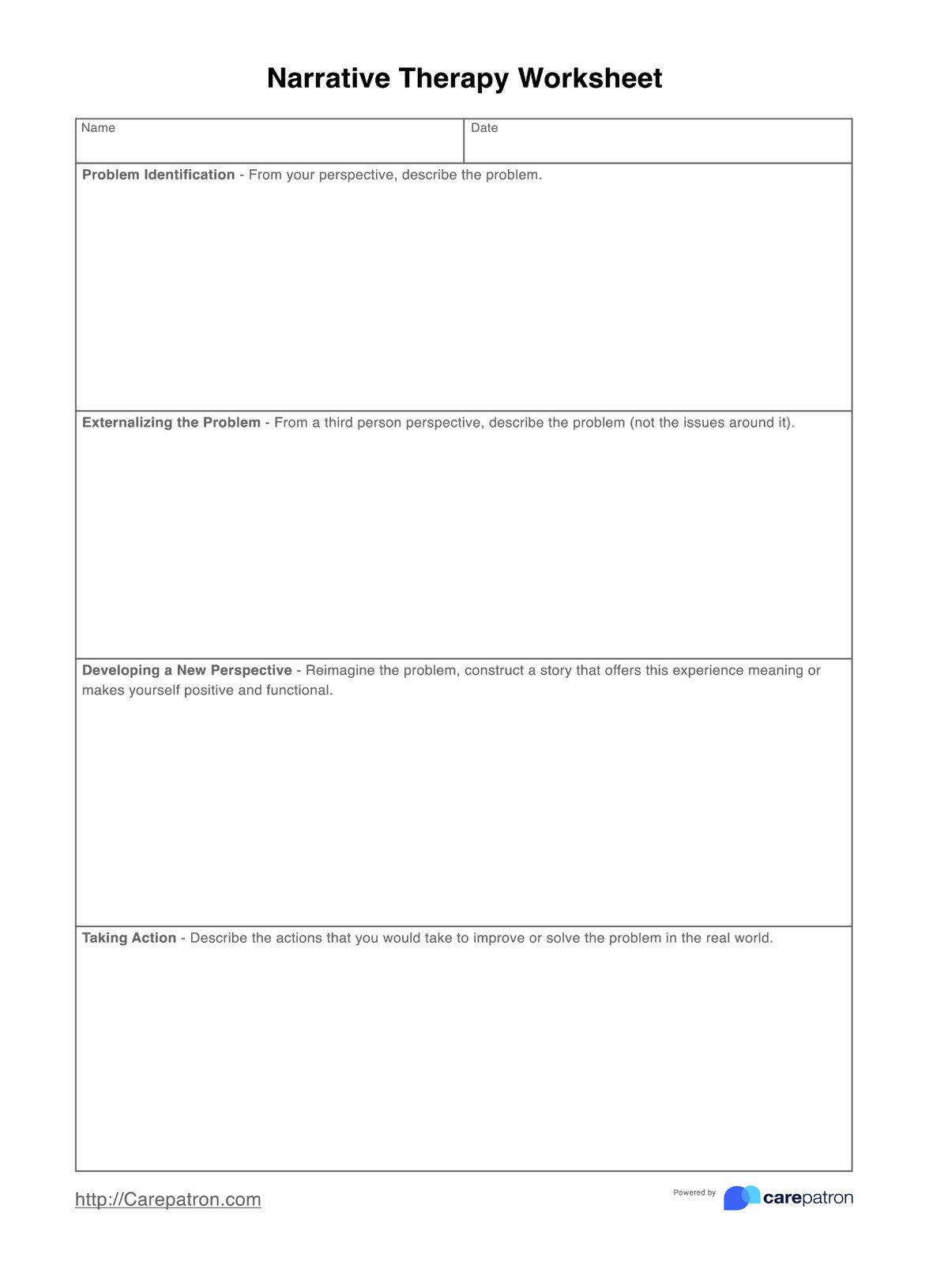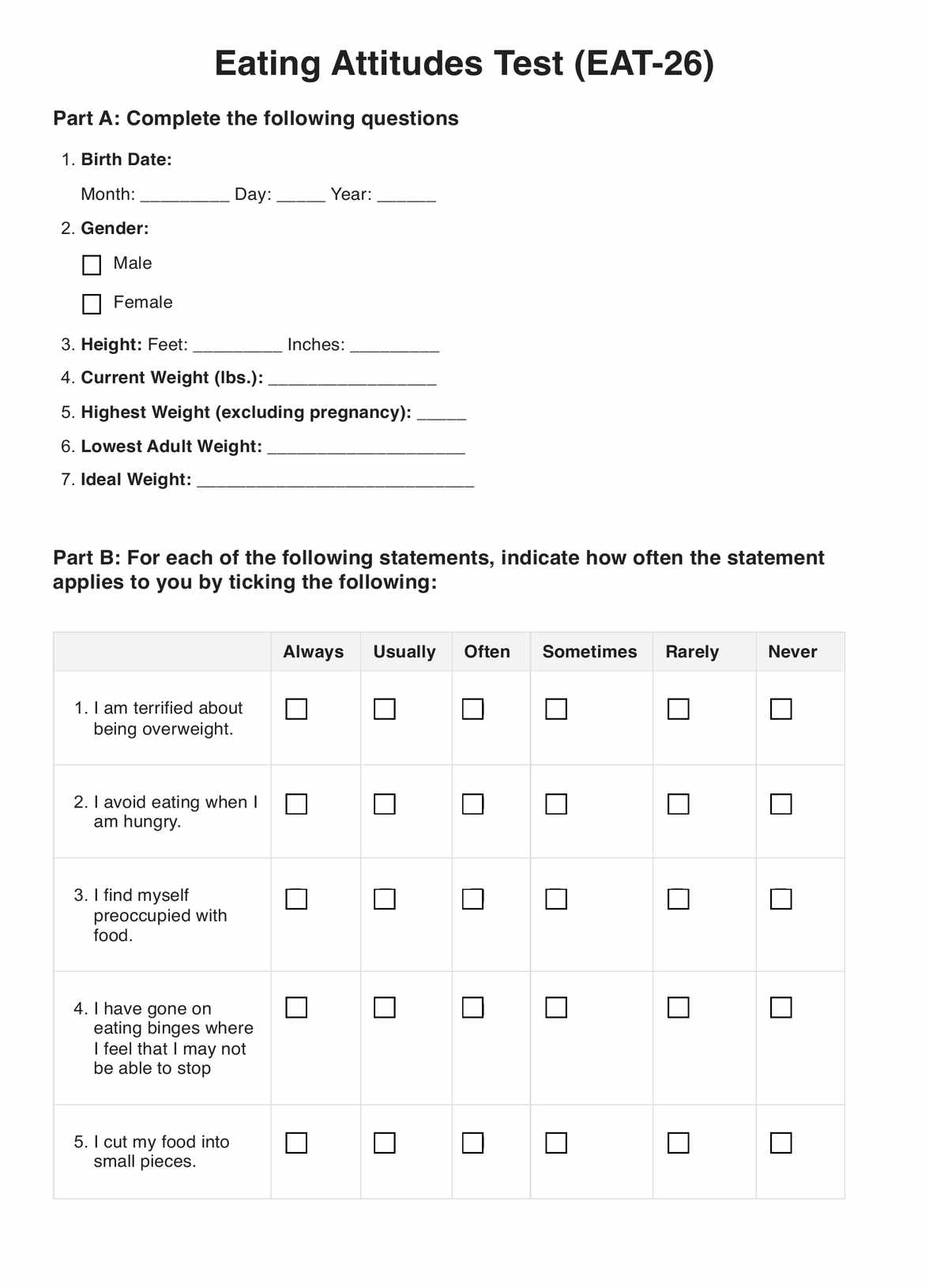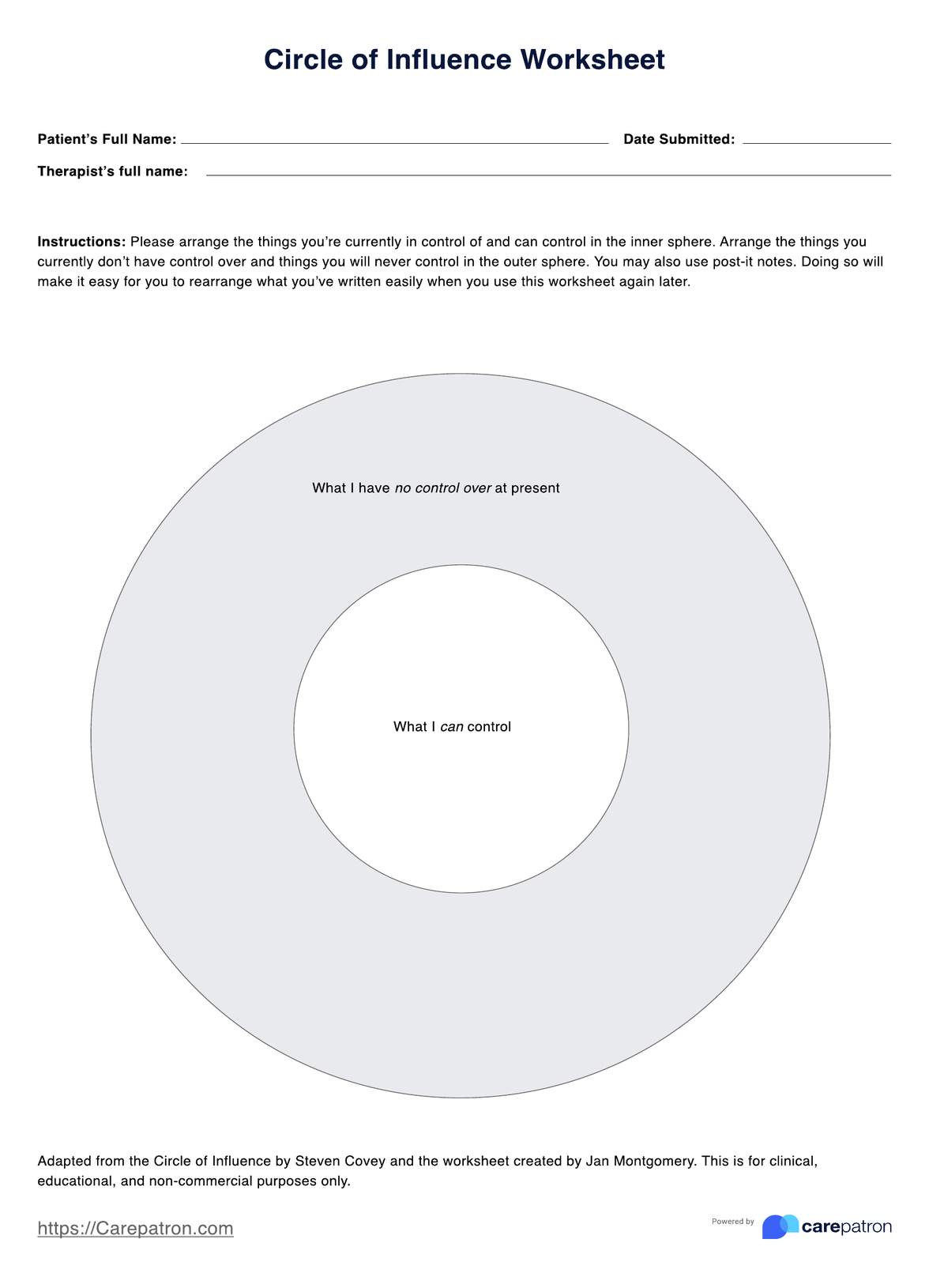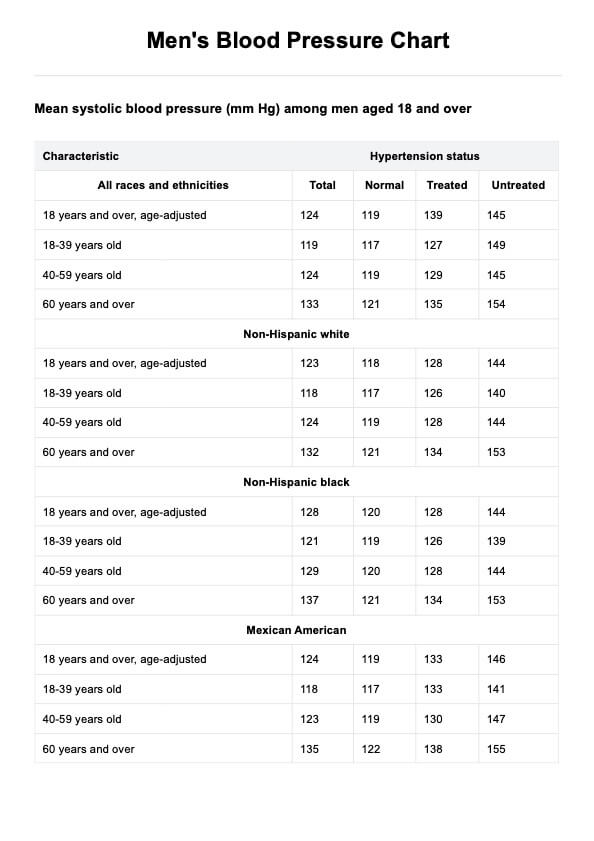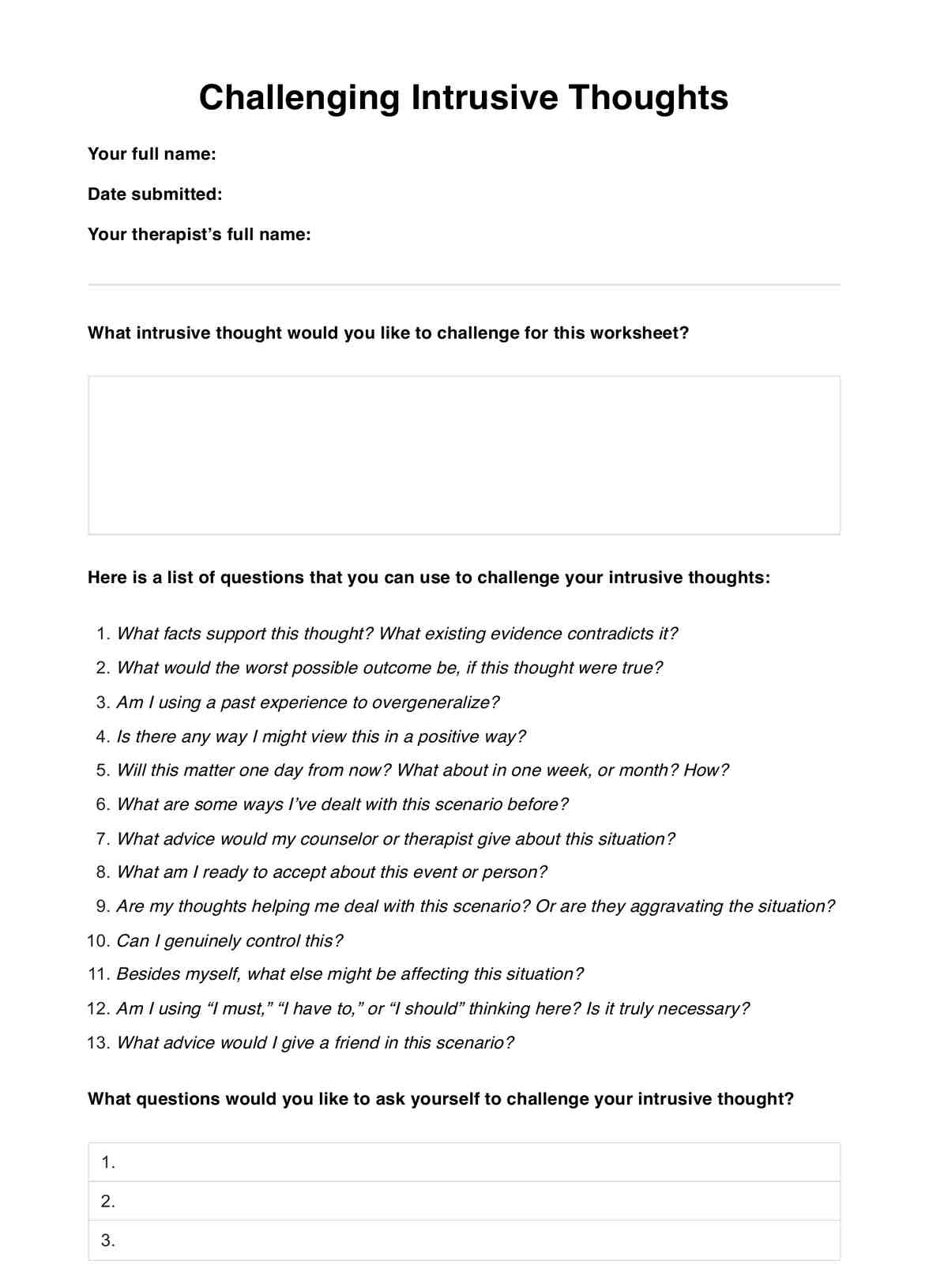Trigeminal Nerve Tests
Access a free PDF guide to the Trigeminal Nerve Test, a diagnostic tool for evaluating the integrity of the fifth cranial nerve and identifying potential issues.


What is the Trigeminal Nerve Test?
The trigeminal nerve, a crucial cranial nerve responsible for facial sensation and motor functions, can experience various issues, from mild disruptions to more significant impairments. These issues can lead to facial pain, altered sensations, and difficulties in chewing and speaking.
Healthcare professionals typically conduct a to assess the nerve’s integrity and identify potential problems. This quick and non-invasive test is designed to measure the response of the trigeminal nerve when touched or temperature changes occur.
During a Trigeminal Nerve Test, the healthcare provider will evaluate several areas of the face. They may check for facial muscle changes or twitching, indicating nerve damage. They may also have the patient clench their teeth while feeling the jaw muscle or touch and tap lightly on various parts of the face with a soft object while the patient's eyes are closed to test sensory functions. Lastly, they may gently touch the cornea with a cotton swab to elicit a blink response.
Typical indicators of trigeminal nerve dysfunction during the Trigeminal Nerve Test include abnormal sensations, facial pain upon stimulation, or irregular facial movements. These responses provide valuable insights into the presence and severity of trigeminal nerve impairments.
Trigeminal Nerve Tests Template
Trigeminal Nerve Tests Example
How does it work?
Our free printable Trigeminal Nerve Test offers a straightforward method for evaluating trigeminal nerve function. Follow these steps to use the template:
Step One: Access the template
Download the Trigeminal Nerve Test through the provided link or the Carepatron app. Alternatively, you can get a copy from our resource library.
Step Two: Discuss with the patient
Explain the purpose and process of the Trigeminal Nerve Test to your patient. Ensure they comprehend the assessment before proceeding to the next steps.
Step Three: Administer the test
Use the steps outlined in the template as a reference to perform the Trigeminal Nerve Test. Ask your patient about any additional symptoms or discomfort they may be experiencing.
Step Four: Analyze the results
Evaluate the outcomes of the test to make an initial assessment. If needed, discuss additional tests and treatments with the patient.
Step Five: Follow-up
After the test, follow up with your patient to monitor their progress and ensure any necessary treatments or medications are being taken. Schedule regular checkups to ensure proper recovery or maintenance of the patient's condition.
Trigeminal Nerve Test Interpretation
The results of the Trigeminal Nerve Test provide important information about the status of trigeminal nerve function. Significant abnormalities or a lack of response to stimulation may indicate the presence of pathology, while normal results usually suggest no abnormality in trigeminal nerve functioning.
Remember, the Trigeminal Nerve Test provides preliminary diagnostic information. If you suspect the patient has trigeminal nerve-related issues, further testing may be necessary for a definitive diagnosis.
When should you use the Trigeminal Nerve Test?
You can use our free Trigeminal Nerve Test template to promptly assess patients with suspected trigeminal nerve dysfunction. You can also conduct the test to:
Assess patients with facial pain or altered sensations
This tool is valuable for evaluating patients experiencing facial pain or abnormal sensations. A Trigeminal Nerve Test can provide crucial diagnostic insights if the patient presents ongoing symptoms.
Analyze the effects of treatments or interventions
The Trigeminal Nerve Test can also monitor the effectiveness of treatments or interventions for trigeminal nerve-related conditions. Regular testing can provide information about the progress and response to therapy.
Investigate unexplained facial symptoms
When a patient presents with unexplained facial symptoms such as numbness or twitching, a Trigeminal Nerve Test can help identify if these symptoms are related to trigeminal nerve dysfunction.
Assess potential nerve damage after facial trauma
In cases of facial trauma or surgery, the Trigeminal Nerve Test can be useful in determining if there has been any damage to the trigeminal nerve. This can guide treatment decisions and indicate the potential for recovery.
Benefits of the free Trigeminal Nerve Test template
Our free Trigeminal Nerve Test template offers several benefits for you and your practice. Here are some of them:
It's pre-made and easy to use
You don't have to waste time starting from scratch. Our template is already designed for you and easy to use, so you can start testing immediately.
It's customizable
You can customize the Trigeminal Nerve Test parameters to fit the needs of your patient and practice. You can also add specialized questions or instructions as needed.
It helps patients understand their symptoms
The Trigeminal Nerve Test can help patients better understand and recognize their trigeminal nerve-related symptoms. This can reduce anxiety and provide a greater sense of control over their condition.
It's helpful in the long-term
By regularly monitoring a patient's trigeminal nerve status, you can track their progress and response to treatments over time. This information is invaluable for managing various conditions related to the trigeminal nerve.
Commonly asked questions
Unlike some assessments, the Trigeminal Nerve Test doesn't follow a standardized scoring system. Instead, it focuses on identifying potential trigeminal nerve dysfunction.
You can conduct the Trigeminal Nerve Test quickly and easily, without requiring extra equipment or personnel. The test can also provide valuable insight into a patient's condition, helping you make more informed treatment decisions.
The Trigeminal Nerve Test evaluates patients' trigeminal nerve functionality and can help diagnose a variety of conditions, such as trigeminal neuralgia, herpes zoster, and Bell's Palsy. It is also helpful in identifying potential nerve damage from trauma or medical treatments.


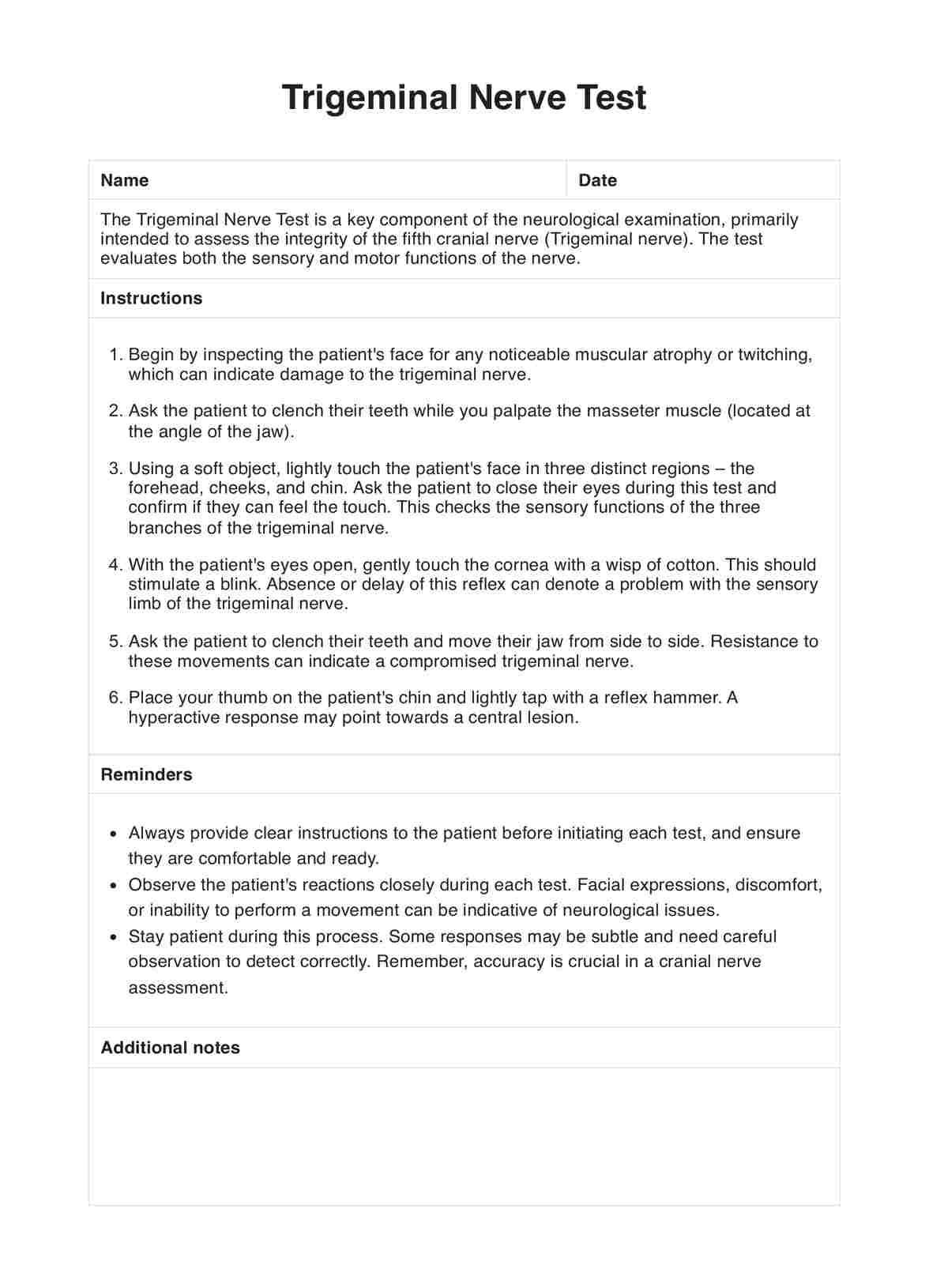
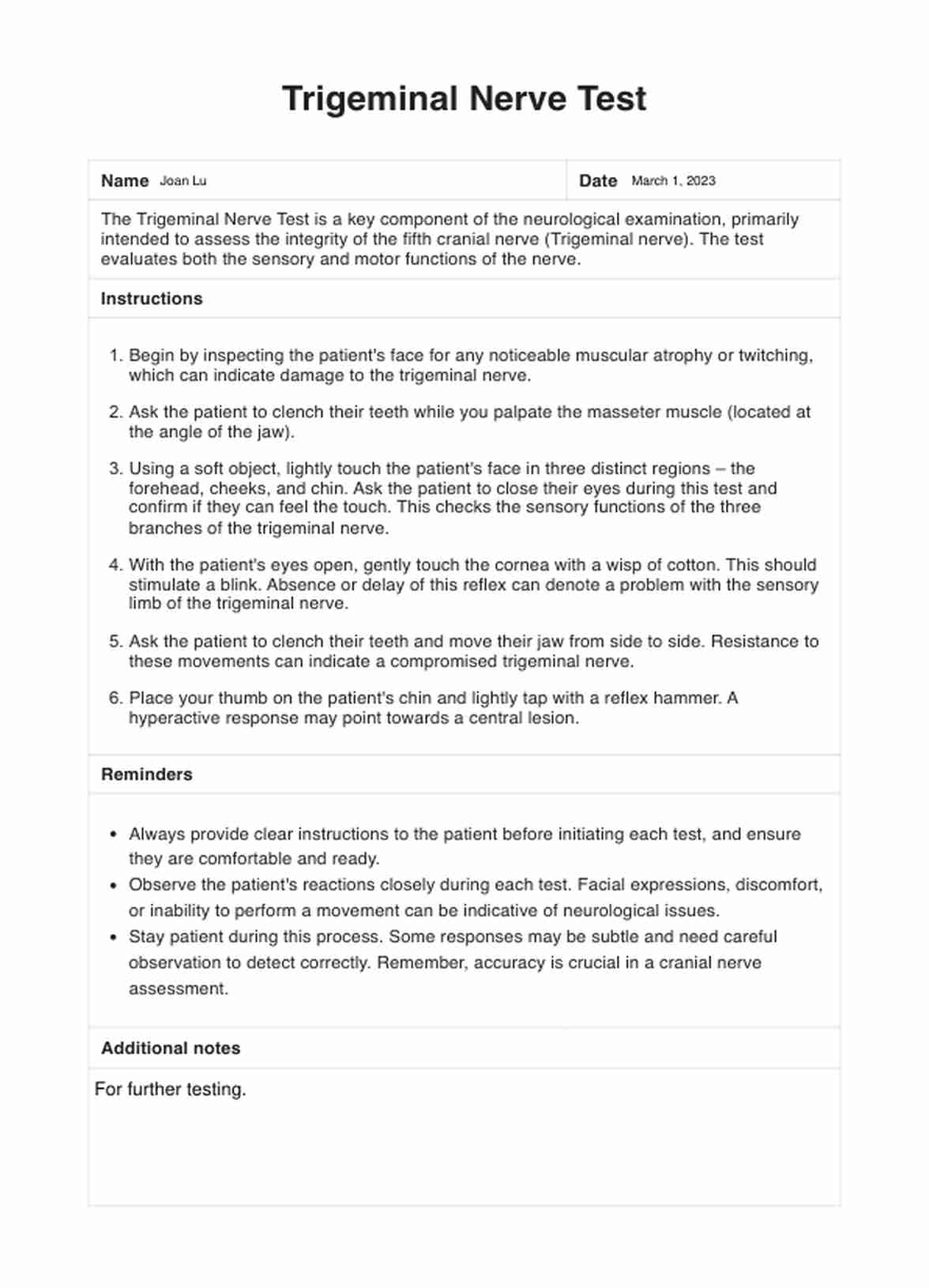


















-template.jpg)

















































































